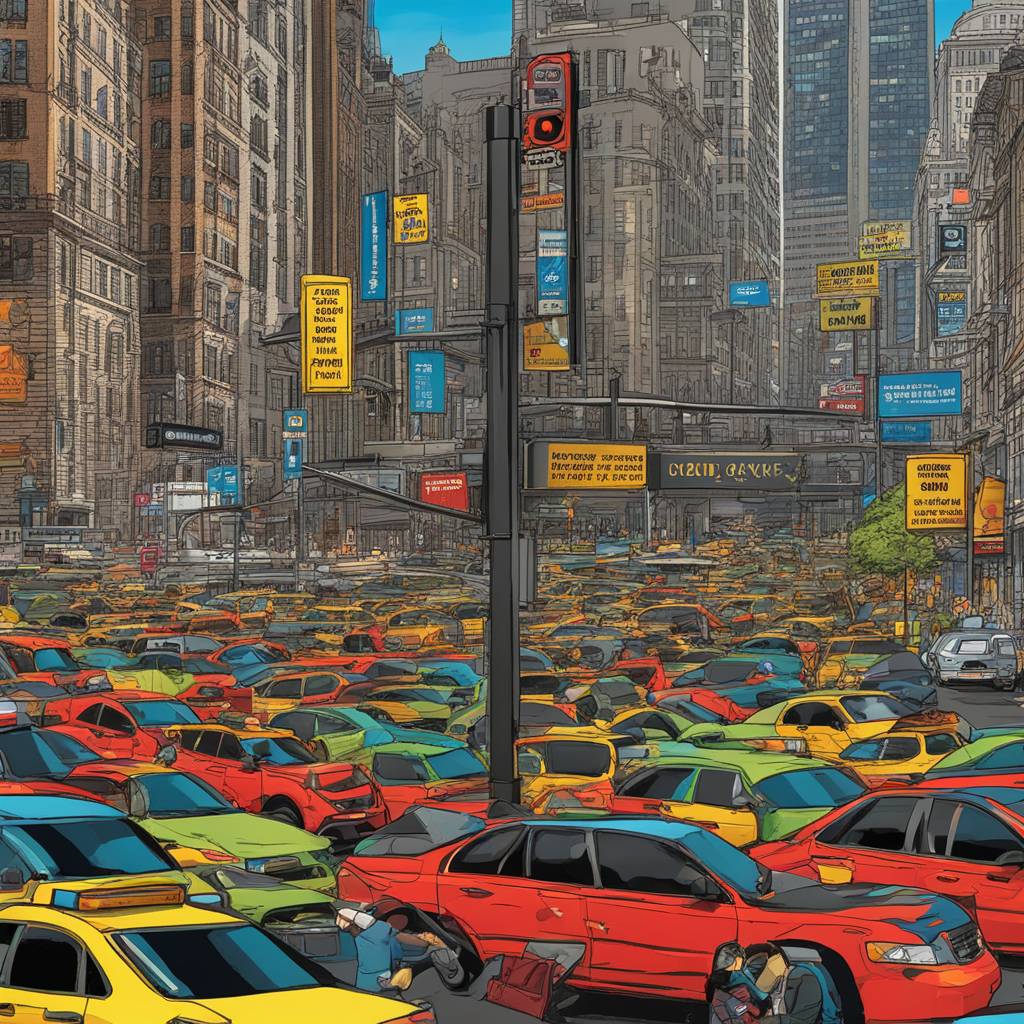Congestion pricing is set to come to New York City, with transit officials approving the toll structure at a recent hearing. Seen as a way to reduce traffic and fund infrastructure repairs, the plan is the first of its kind for a major US city. New York will soon join cities like London, Stockholm, and Singapore that have implemented congestion pricing systems.
The toll for vehicles entering Manhattan south of 60th Street is expected to start around June 15, pending federal review and the installation of necessary infrastructure like license plate readers. Passenger and commercial vehicles will pay $15 to enter the congestion relief zone during the day, with a reduced rate of $3.75 during overnight hours. Trucks and some buses will face higher tolls, ranging from $24 to $36 during the day, and $6 to $9 at night. Taxis, green cabs, black cars, and ride-share vehicles will also be subject to tolls.
Certain vehicles, including emergency vehicles, school buses, and those carrying people with disabilities, will be exempt from the tolls. Low-income drivers will receive a 50% discount, and a tax credit will be available for low-income residents below 60th Street. The revenue generated from the tolls will go towards improving transit infrastructure, such as adding elevators to subway stations to comply with the Americans with Disabilities Act.
MTA Chairman and CEO Janno Lieber emphasized that the congestion pricing plan aims to reduce traffic congestion while also investing in transit infrastructure. The plan is expected to help repair signals, increase capacity, and improve reliability on train lines. Leading up to the implementation of the plan, the MTA will increase service on subway lines, redesign the bus network, and make the largest service increase in Long Island Rail Road history.
Despite the approval of the plan, there are pending lawsuits attempting to block it, including one led by New Jersey Gov. Phil Murphy. The MTA remains confident that the plan will proceed as intended. By implementing congestion pricing in New York City, officials hope to address both traffic congestion and improve the city’s transit system, ultimately providing a more efficient and reliable transportation network for residents and visitors.


